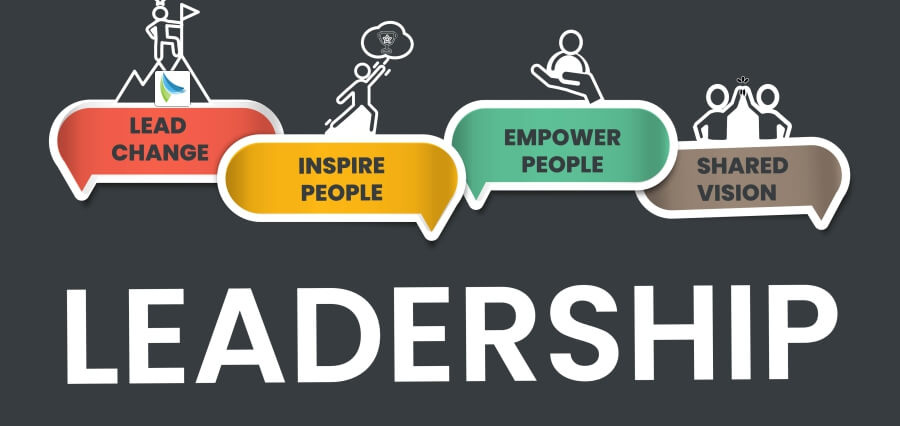Balancing Act
In modern, fast-paced, dynamic business life, leadership is no longer quantified in measures of professional success or organizational contribution. For women leaders, however, being successful translates into a high-wire balancing act—grappling with demanding professional lives, inspiring others with vision, and juggling personal health and life responsibilities. This triple-threat plane of difficulty demands toughness, strategic savvy, and self-knowledge as well as the capacity to balance professional aspiration and personal satisfaction.
The History of Women in Leadership
Women have continued to break walls across sectors and become outstanding performers at driving change, setting strategy, and setting business culture. Despite all that has been accomplished, they still get to experience unusual challenges in balancing work and fulfilling personal and family obligations. Deep-seated stereotypes, cultural assumptions, and structural issues could be the causes of leadership pressures such that time management and prioritization are essential skills.
Successful women leaders realize that the road to lasting impact is not harder but wiser. They direct their energy consciously, delegate, and build coalitions of supporters that allow them to stay focused on what matters most—both at work and in life.
Prioritizing Purpose and Vision
Clarity of purpose is one among the most significant distinguishing factors for women leaders who can perform well in a variety of different roles. They have a guiding vision, which directs decision-making, prioritization, and action. With setting securely on purpose, the leaders are able to gauge opportunity and challenge by a matrix balancing professional development and values.
This. This type of thinking enables them to make strategic decisions without sacrificing long-term vision. It also creates authenticity, inspiring teams and peers and showing that leadership is not about power but contribution of value and alignment of core values.
Time Management and Strategic Delegation
The most valuable asset a leader possesses is likely to be time, and women leaders master strategic time management. They prioritize activities by their impact, set boundaries, and avoid the urge to micromanage. Delegation of responsibility to effective subordinates is key—delegation to empower others not only benefits the organization, but it also allows leaders to concentrate on strategic work as well as self-care.
Technology has also remained a faithful companion to the juggling act, as well. Workflow improvement, collaboration, and calendar programs on the web assist leaders to supply standardization to procedure, observation of improvement in real time, and the feeling of being able to maintain complicated responsibilities.
Resilience has to be cultivated to attain work-life balance. Women leaders who attain work-life balance emphasize self-care, psychological health, and physical health. They schedule time for activities that charge their energy levels, develop concentration, and realize sustainable performance.
Resilience is also a product of attitude. Leaders foster flexibility, learn from mistakes, and leverage setbacks as lessons. They can thus deal with stressful situations in a composed manner, make good decisions even when not entirely sure, and become confident when interacting with others.
Building Support Systems and Networks
No one achieves alone. Successful female professionals who work at multiple levels usually form strong connections in and out of the workplace. Peer network, mentoring, and sponsorship relationships offer advice, directions, and prudence through which leaders may navigate well in effective organizational settings.
Also significant are emotional support networks, such as family, peers, and community, that support emotionally and with physical needs. These networks provide room for women leaders to have high expectations yet feel they stay in balance and satisfied in their personal lives.
Leading with Empathy and Influence
Balancing work and individual needs, leadership will be inclined to appreciate participative decision-making and empathy. Emotional intelligence can be leveraged by women leaders to decode team dynamics, listen for needs, and build collaboration. By building trust and caring culture, not only do they lead team performance but also demonstrate that balance and well-being can be blended with high performance.
This type of leadership promotes mutual communication, flexibility, and interdependence and thereby reduces the tension of work and promotes organizational resilience. Empathy leaders show that performance cannot be quantified in terms of output but in the quality of relationships, engagement, and organization culture.
Conclusion
Leadership, work mastery, and life is a difficult but viable accomplishment. Women leaders who succeed demonstrate that work greatness and personal satisfaction go hand in hand. By focusing on purpose, taking command of their time, building stamina, forming support systems, and leading with compassion, women leaders establish a leadership paradigm that succeeds and lasts.
In a time of changing expectations and high-stakes requirements, women leaders demonstrate that balance is more about aligning vision, values, and wellness to an integrating way of life and leadership rather than juggling lots of things. By way of balance, they are more capable of leading with intention, inspiring others, and developing organizations that operate effectively and culturally flourish.











